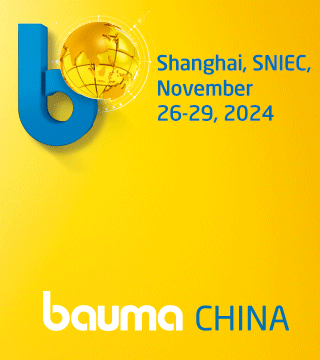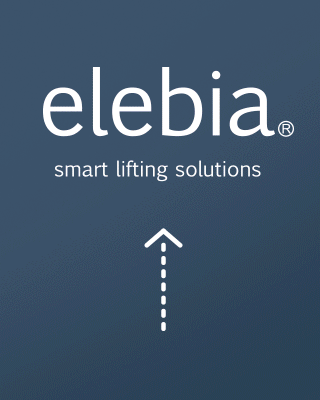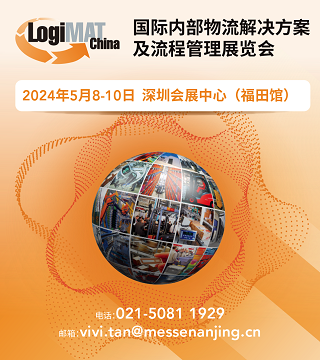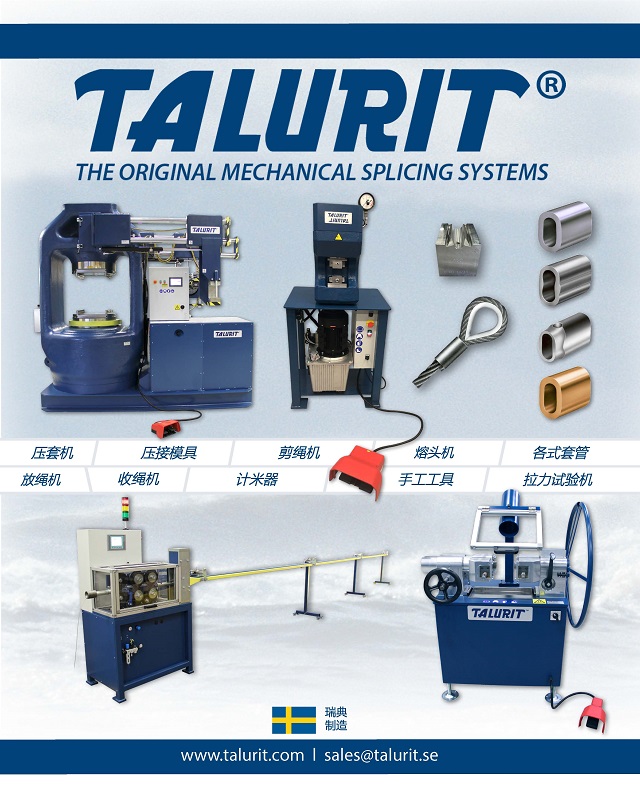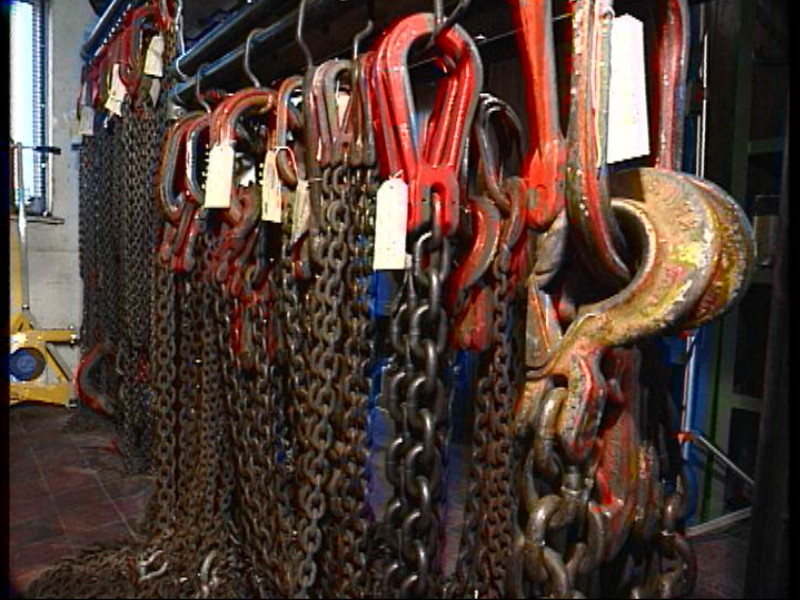 In recent years, there has been growing recognition of the need to implement robust and rigorous procedures to ensure the safety and efficiency of overhead lifting. This extends across a number of different disciplines, including planning, supervision and operation. The importance of a professional approach to the periodic inspection, examination and maintenance of overhead lifting equipment is also more widely understood than ever. However, identifying precisely what is required, how frequently, and by whom, can be a challenging process. Companies working across national boundaries and, in particular, parts of the world that lack sector-specific legislation, can also face the added complication of trying to find a suitable framework for such programmes. In this respect, an often-overlooked resource is the ISO series of standards for crane inspection, which are subject to a continuing process of updates and revisions. These are both extending the scope and improving the relevance of the standards to those with responsibility for overhead lifting equipment and operations.
In recent years, there has been growing recognition of the need to implement robust and rigorous procedures to ensure the safety and efficiency of overhead lifting. This extends across a number of different disciplines, including planning, supervision and operation. The importance of a professional approach to the periodic inspection, examination and maintenance of overhead lifting equipment is also more widely understood than ever. However, identifying precisely what is required, how frequently, and by whom, can be a challenging process. Companies working across national boundaries and, in particular, parts of the world that lack sector-specific legislation, can also face the added complication of trying to find a suitable framework for such programmes. In this respect, an often-overlooked resource is the ISO series of standards for crane inspection, which are subject to a continuing process of updates and revisions. These are both extending the scope and improving the relevance of the standards to those with responsibility for overhead lifting equipment and operations.
Perhaps one reason that the ISO crane inspection standards do not currently have a higher profile is down to the fact that, in years gone by, international product standards have not enjoyed the best of reputations. Typically they were often seen as representing the lowest common denominator of various national standards, rather than the most rigorous means of identifying a quality product. However, recent years have seen a change for the better. Harmonised European Standards (CEN), for example, have particular significance in that a product genuinely made to the relevant CEN is deemed to meet the essential health and safety requirements demanded by the Machinery Directive. Similarly, reflecting the growing impact of globalization in the overhead lifting sector (and far beyond), ISO standards have evolved into much more meaningful and useful tools.
During the ‘noughties’, three new ISO standards were introduced with the specific objective of raising the safety level of cranes worldwide. ISO9927-1: 2009, Cranes – Inspections – Part 1 – General specified the inspections to be carried out on cranes, excluding inspections carried out prior to first use. This covered methods, personnel, precautions and results. ISO9927-3: 2005, Cranes – Inspections – Part 3: Tower Cranes specified the regular inspections that needed to be carried out on this particular class of lifting equipment: daily, frequent, periodic and thorough. And ISO23814: 2009, Cranes – Competency Requirements for Crane Inspectors aimed to set uniformly high standards for this critical role. Key issues covered included independence, impartiality and integrity, technical knowledge and experience, techniques, and training requirements.
In the years since, the relevant ISO Technical Committee has been working on revising, updating and reissuing these standards. The 2013 revision of ISO9927-1 represents its third edition and aims to bring together different elements that contribute to the safety, use, operation, maintenance and inspection of cranes; it gives extensive guidance on the need for daily, frequent, periodic, enhanced and major inspections, what to cover, methods of inspection and who is competent to perform them. Requirements for records and reports are also detailed. Similar progress is being made on other aspects of the ISO canon. For example, ISO ISO9927-3 and ISO 23814 completed their latest review stages during the course of 2014 and ISO9927-5 Crane Inspections – Part 5 – Overhead Travelling Cranes and Portal Bridge Cranes is currently under development. Along with other standards either published or in the pipeline, it adds up to an extensive and expanding library of documents that can provide practical guidance and support for those looking to implement and execute effective crane inspection strategies and more.
Ensuring that lifting equipment remains fit for purpose is clearly a critical undertaking, and many people working in this sector will already be aware of a number of documentary resources that can support this objective. For example, LEEA’s Code of Practice for the Safe Use of Lifting Equipment (COPSULE), User’s Pocket Guide and a shorter code of practice designed specifically to help companies manage the risks of using hand chain blocks and lever hoists in the offshore sector are popular and proven references. To this list should certainly be added the relevant ISO series, which reflects and supports a modern, effective approach to crane inspection, and continues to grow and evolve in line with the latest demands of the overhead lifting sector.
About LEEA
Established in 1944, LEEA has nearly 900 member companies worldwide and campaigns vigorously for higher standards of safety and professionalism within the overhead lifting industry. Key services provided include training, accreditation and expert technical advice. Member companies are involved in the design, manufacture, hire, repair, refurbishment, test, examination, verification and use of lifting equipment. Applicants are subject to an initial technical audit before full membership is granted, and then to a continuing programme of assessments. For large scale users of overhead lifting equipment, associate membership provides benefits such as access to technical information and training, without the need for auditing. Further details on the work of LEEA, and a full list of members, is available at www.leeaint.com
This article is published on LRW Magazine vol20, 2015.
